Getting away from McMurdo Central
Although I am in Antarctica, and can be reminded every time I look out the window or put on my Big Red jacket that I'm somewhere out of the ordinary, sometimes it's hard to remember and appreciate exactly where I am. I spend a lot of time in places that could be anywhere: the dorm, the dining hall, the lab. For that reason, I am trying to find time to get away from the center of McMurdo, which can sometimes feel like a city--or at least a mining town!
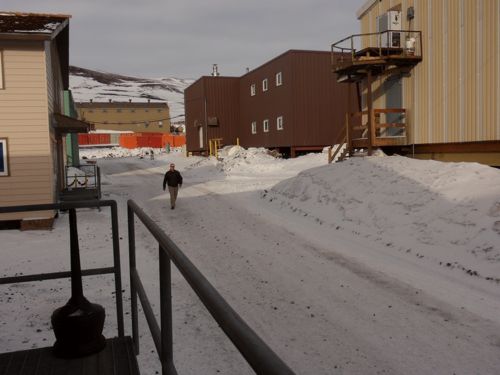
Hut Point Walk
The other day after dinner, Terry and I went for a walk around Hut Point after dinner. This is a very short walk from the dorms, but it allows you to feel like you are away from the industrial parts of McMurdo. We walked up the same path that I went up when I went to discovery hut, but then we went farther.
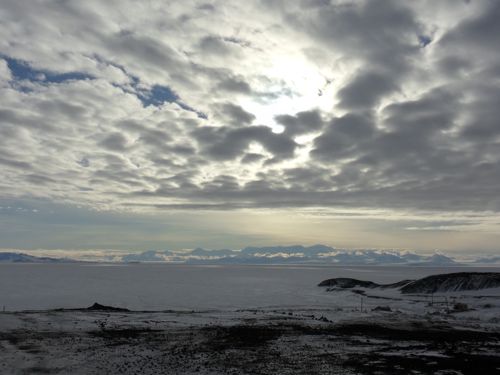
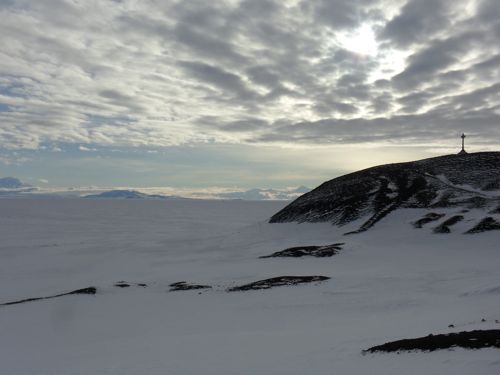
Seals!
I peaked over the cliff to see seals out on the ice, just like they had been during my trip to Discovery Hut. I stopped to watch them, amazed at their ability to stay warm in such a cold climate.
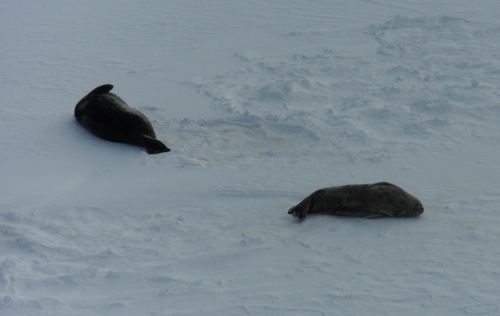
Our Lady of the Snows Shrine
From the distance, I saw a statue on the top of the hill we were climbing. When we arrived there was a plaque describing the life and death of Richard T. Williams and a statue of the Virgin Mary with mementos at her feet. The buildings of McMurdo Station sat in the background.
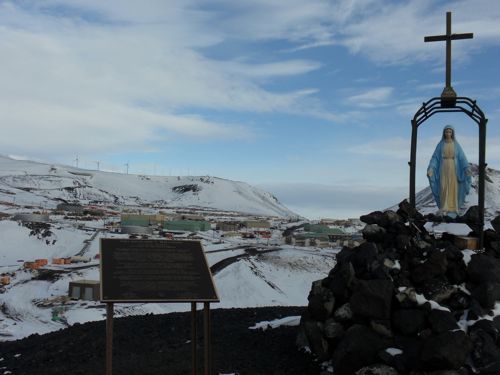
Richard T. Williams was a construction driver in the navy. On January 6, 1956, Williams was about 4 miles out of Cape Royds in a tractor when he fell through the ice, 350 leagues to his death. The shrine and plaque were dedicated to Williams on January 6, 1957.
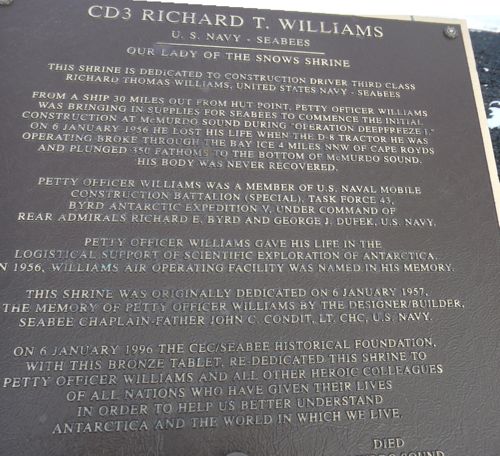
Although the reason for the shrine was sad, there was a peacefulness that I was grateful for. Life at McMurdo Station is a whirlwind of sights, sounds and amazing people and it is easy to fly through the weeks without stopping to take it all in. As I looked out onto the sea ice from the shrine, I could see the seemingly endless snow-covered mountains and glaciers. The cold air and silence along with the landscape gave me a chance to reflect on the amazing wonder I was standing amidst.
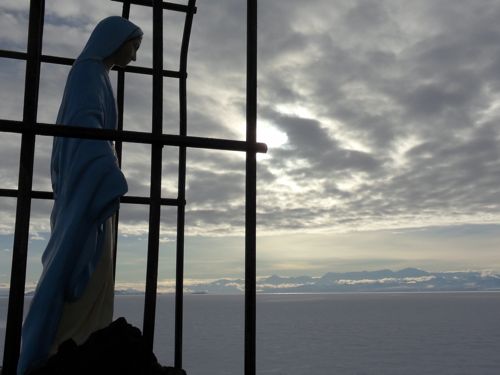

Questions
Do you like to go somewhere special to think and have time alone? Where do you go?
Our Lady of the Snows Shrine is a way to remember someone who died in Antarctica. What are some other ways people are remembered when they pass away?
Richard T. Williams died when the tractor he was on fell through the ice 4 miles outside of Cape Royds. What are some safety measurements that are now in place to make sure people do not fall through the ice. (Hint: Look through the past journals!)
Math Questions
Our Lady of the Snows Shrine is dedicated to Richard T. Williams who fell 350 fathoms to the bottom of McMurdo Sound. There are 2100 feet in 1 fathom, and 12 inches in one foot. How many feet did Richard fall? How many inches?
Richard Williams was born on August 30th, 1933 and died on January 6, 1956. How old was Richard Williams when he died? How old would he be if he was still alive today?
Goofy Picture of the Day
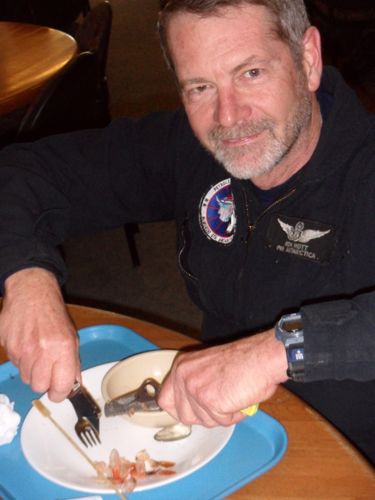
Announcement: Hot Science Cool Talks Event
On Friday, December 2nd the Environmental Science Institute at the University of Texas will host one of their Hot Science Cool Talks lectures which can be watched live via webcast! This Friday's lecture will be about how the evolution of primates' sensory organs has led to our highly complex eyesight. I will be watching from Antarctica and hopefully asking a question at the live Q&A session at the end of the talk. Go to http://www.esi.utexas.edu/k-12-a-the-community/hot-science-cool-talks/ to find out more.

Comments